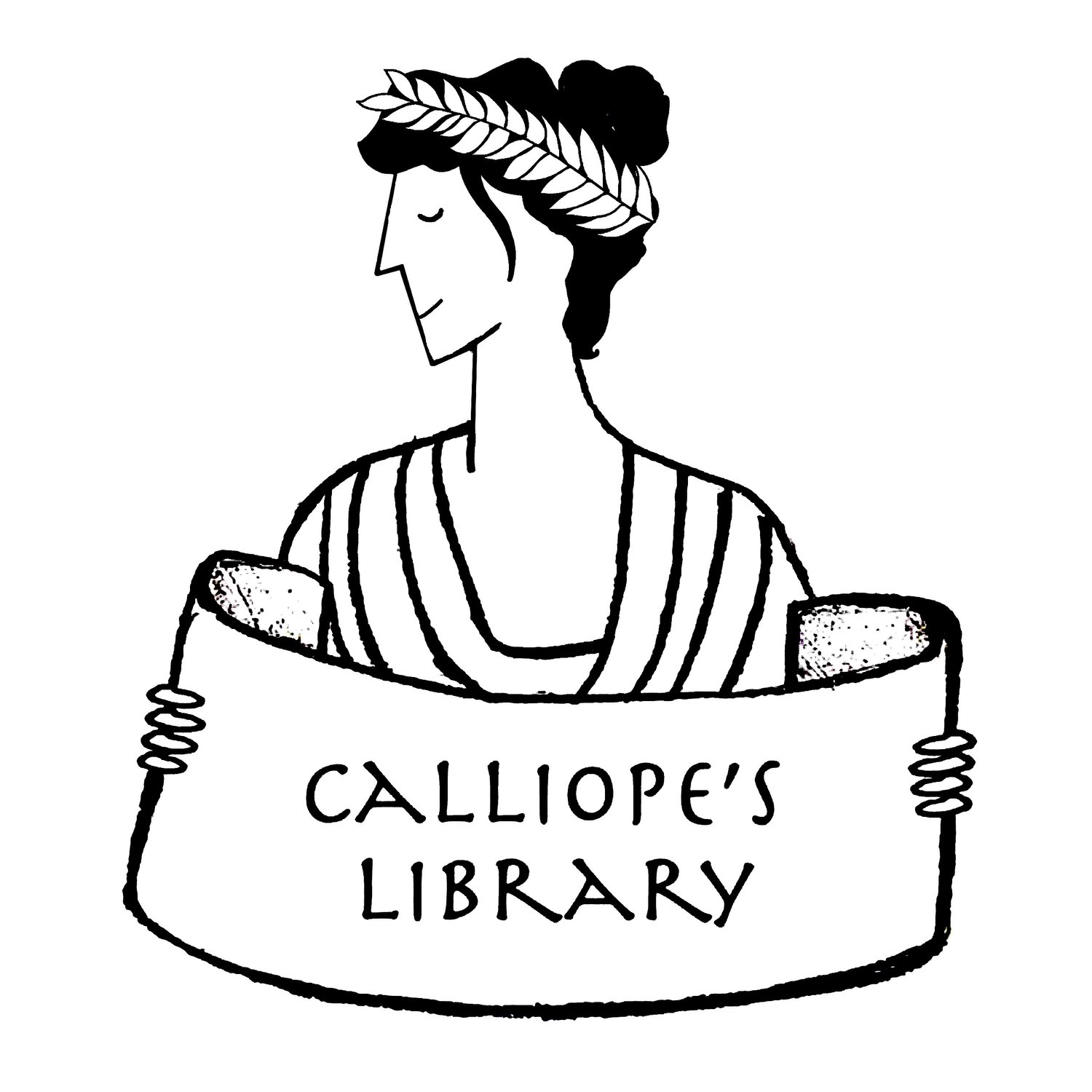Title: Los Trabajos de Hércules (The Labors of Hercules)
Author: Ricardo Gómez
Illustrator: Anna Mongay
Date: 2016
Tags: Preschool, Picture book, Mythology, Ancient worlds, Hercules, Language: Spanish
This book is part of Grupo Editorial Luis Vives’ series Colección Mitos Clasicos. Los Trabajos de Hércules goes above and beyond most children’s retellings of the Hercules myth. The story starts with Hercules’ birth, and it includes all the bits that normally get left out. Hera inadvertently breast-feeds the baby, giving him his extra dose of immortal power. Hercules is exiled for accidentally killing his lyre teacher. Gómez even includes the insanity-induced massacre that triggers Hercules to perform his 12 labors as public service. Young Hercules is even called “Alcides,” as he is in some ancient version of the myth.
This book is as beautifully illustrated as the other books in the series. Anna Mongay makes the decision to focus on moments before any actual violence occurs, which softens the shock of the more brutal aspects of Hercules’ story. One potential flaw is that many of the labors are glossed over, or they are presented in an unusual order. However, the labors are one of the easiest things to discover in other sources, so I applaud the choice to highlight the lesser-known aspects of Hercules’ early life. The labors that do receive full treatment are the ones that involve creative problem solving, like the cleaning of the Augean Stables and the killing of the Hydra. Coupled with Mongay’s carefully chosen illustrations, the choice helps to characterize Hercules as a critical thinker rather than a violent brute, as he sometimes seems to modern readers.
There is even the occasional note about the relationship between ancient and modern culture. My favorite is author Ricardo Gómez’s passing observation that young Alcides receives a king’s daughter in marriage in return for performing an epic task, “algo bastante frecuente en aquella época.” – (something fairly common in that era.) The Afterword highlights Hercules’ connection to modern-day Spain through things like the Spanish coat of arms and the “pillars of Hercules”—the ancient name for the Strait of Gibraltar.
The book is published in Spain, which makes it a little hard to find in the United States. Still, persistent searches on various online booksellers’ websites will turn up copies for sale, and you can order the book through the website of the publisher, Edelvives (Grupo Editorial Luis Vives). – Krishni Burns


